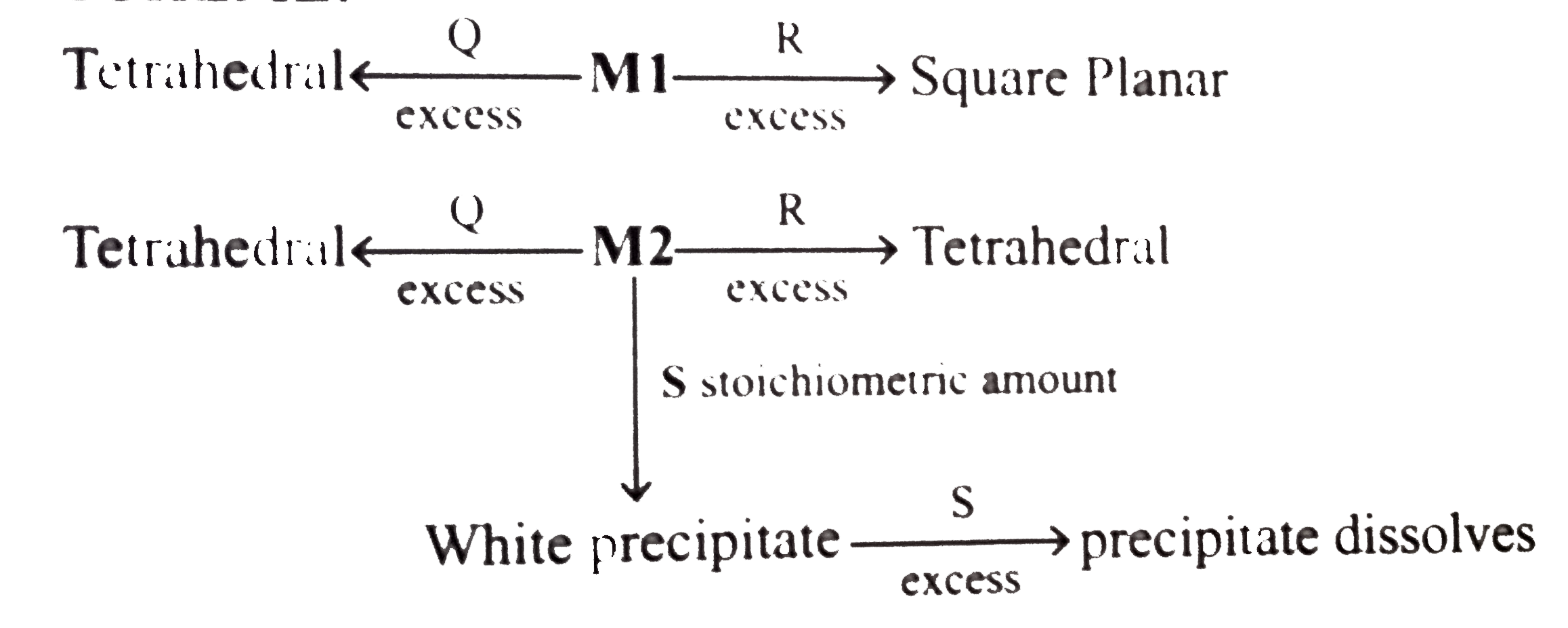Native silver metal forms a water soluble complex with a dilute aqueous solution of NaCN in the presence of
forward direction
backward direction
neither direction
none of these
The correct Answer is:1
Qc=(62)2(22)(48)3=98
Qc<Kc so reaction will proceed in forward direction.
Topper's Solved these Questions
- METALLURGYBOOK - RESONANCE ENGLISHCHAPTER - METALLURGYEXERCISE - INORGANIC CHEMISTRY(Metallurgy)
42 Videos
- METALLURGYBOOK - RESONANCE ENGLISHCHAPTER - METALLURGYEXERCISE - ORGANIC CHEMISTRY(Alkyl Halide, Alcohol,Phenol,Ether)
17 Videos
- IUPAC NOMENCLATURE & STRUCTURAL ISOMERISM BOOK - RESONANCE ENGLISHCHAPTER - IUPAC NOMENCLATURE & STRUCTURAL ISOMERISM EXERCISE - Advanced Level Problems Part-5
2 Videos
- NITROGEN & OXYGEN FAMILYBOOK - RESONANCE ENGLISHCHAPTER - NITROGEN & OXYGEN FAMILYEXERCISE - Part-III Practice Test-2 (JEE (Advanced Pattern))
23 Videos
Similar Questions
Native silver metel froms a water solube, complex with a dilute aqueous solution of NaCN in the presence of
View SolutionNative silver metel froms a water solube, complesx with a dilute aqueous wsolution of NaCN in the presence of
View SolutionLime water is an aqueous solution of
View SolutionLime water is an aqueous solution of
View SolutionKCN forms soluble complex with silver glance.
View SolutionOn the electrolysis of very dilute aqueous solution of NaOH using Pt electrodes
View SolutionStatement-1:Extraction of gold from its native ore involves leaching
the metal ore with dilute solution of NaCN in presence of air.
Statement-2:This is an oxidation reaction and leads to the formation of a soluble complex.
View SolutionThe correct solubility order in aqueous solution is
View SolutionOn diluting aqueous solution of weak electrolyte to 100 times
View SolutionAn aqueous solution of metal ion MI reacts separately with reagents Q and R in excess to give tetrahedral and square planar complexes, respectively An aqueous solution of another metal ion M2 always forms tetrahedral complexs with theses reagents. Aqueous solution of M2 on reaction with reagent S gives white precipitate which dissolves in excess of S The reactions are summarised in the scheme given below: SCHEME :

What is M2
View Solution
